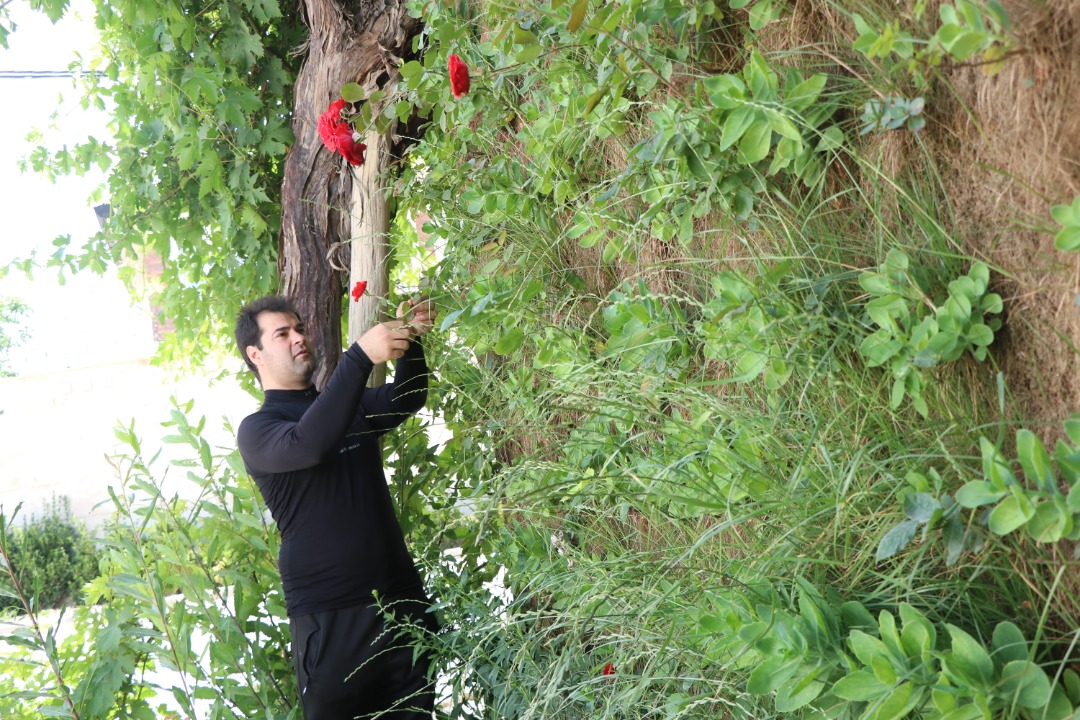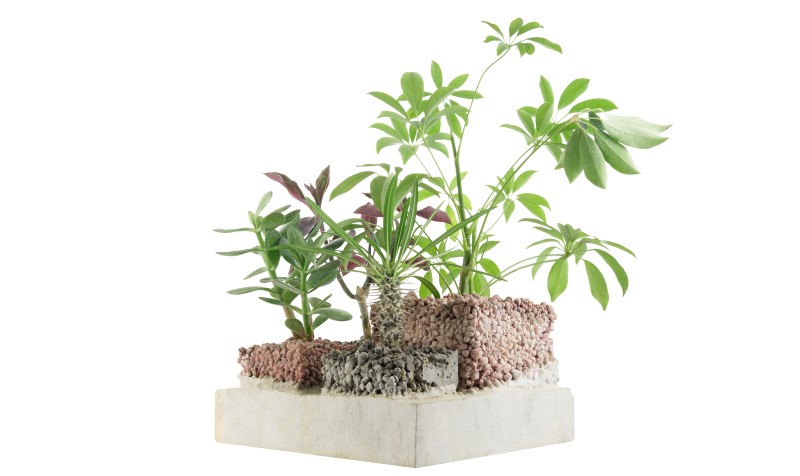Advantages of applying plan-table concrete
Commitment to sustainability, innovative solutions, and a broad range of environmentally friendly products
Reducing a variety of costs
Plantable concrete reduces or eliminates costs by allowing for the direct planting of flowers and plants on walls, eliminating the need for facade stones. Additionally, the concrete wall has insulation properties and can withstand various forces, making the need for another wall out of different materials unnecessary.
Adequate drainage
Plantable concrete is recommended for flooring because of its excellent drainage properties that prevent moisture from rising and direct water downward. It is also ideal for retaining walls due to its high resistance and ability to support the planting of flowers and plants. The roots of the plants penetrate the wall and establish a connection with the soil below in this application.
Creating green components and urban furniture
Plantable concrete can be used to create urban furniture such as bus stops, tables, and chairs, which can support the growth of flowers and plants, promoting more green spaces. It is also possible to create urban elements that resemble green spaces in cities using this concrete.
Low weight
Plantable concrete is composed of industrial or mineral pumice and has a low specific weight of 500 to 700 kg per m3, which is less than that of water. This concrete can also retain water for a significant period and is useful for irrigating crops. Its low weight is beneficial for building structures as it enhances their ability to withstand earthquakes and storms.
Various patterns and hues
We can create this concrete in a variety of designs and colors, such as the shape of a flower and its hues of green, yellow, and purple, or we can create it in any other design and hue the client requests.
Noise reduction
We can use a product that provides sound and heat insulation and at the same time have the ability to plant flowers and plants if we use industrial or mineral pumice in the creation of concrete.
Preventing leaks of surface water onto the project
In order to transfer surface water into the canal and the ground beneath it, we can use a mixing design for plantable concrete that has very high drainage. In this situation, this causes surface water to flow on the ground and not move in a defined way from the start.
Avoiding insects and animals from gnawing on plant roots
Plantable concrete can prevent rodents from accessing and damaging plant roots and other plant parts, as they must enter the soil to do so. Plant roots are safe from destruction if they are grown in concrete, as rodents cannot get inside. It is worth noting that plantable concrete is designed with a special mixture that allows for the passage of creatures smaller than earthworms, such as earthworms themselves.
Thermal insulation
When produced with chemicals that are added to concrete, concrete containing already-planted flowers and plants also functions as a thermal insulator. In addition to this problem, water—a type of thermal insulation—is always present inside these walls.
Lowering air pollution
Due to the ability to plant flowers and plants on concrete, we can use plants to minimize air pollution. In other words, by increasing the number of green areas per person, we can also reduce pollutants by using plants.



